The reason for this is something known as efflorescence: it is a white powdered calcium-based substance that may be present in some slabs. Without a doubt, the best time to seal is in spring and summer. In general, we recommend waiting at least 12 weeks after placing a patio for the efflorescences to continue and the pavement to settle. However, some experts suggest waiting up to a year.
There is no right answer to this question. How long it takes for new pavers to be ready for sealing depends on several factors. One is the type of pavers you use. Some will make you wait a week, while others will take you a full month.
Second, the weather will also delay the wait to seal the pavers. In sunny regions, it can take a few hours and you're ready to seal the pavers. It is advisable to wait until the pavers are ready to seal. It makes no sense to do it in a hurry and not get the desired results.
After installation, the best time to seal pavers is when the pavers are dry and free of dirt or debris. Most experts recommend waiting at least 24 to 48 hours before sealing new pavers after installation. This gives the pavers time to settle and ensures that they are completely dry before sealing them. You can now let the floor sealer dry for at least a couple of hours before letting someone walk across the surface.
For example, travertine pavers are much more porous than granite or concrete pavers and will require a different type of sealant. Try sealing pavers when the temperature is between 50 and 90 degrees Fahrenheit for best results. The most important reason you want to seal your pavers when they are newly installed is to protect them, protect the color, and prevent the surface from deteriorating. It is better to apply several thin layers of sealant than to cover the pavers with a thick layer, as this will make the pavers slippery.
Understanding when to seal pavers after installation is vital to keeping your investment in good shape. Sealing pavers when they are wet will cause the sealant to build up and may even cause it to come off the pavers, which will be a waste of money. We can use a natural looking sealant and it won't change the look of the cobblestone, but the pavers will be protected. If it has been raining a lot or if the forecast indicates that it will rain in the near future, it is best to wait to seal the paving stones.
Sealing your pavers requires careful consideration of a few factors to ensure you get the best results. Areas, such as entrances and outdoor facilities, that receive a lot of traffic will need to be sealed every one to two years, while pavers in areas with low traffic can last three to five years without being resealed. If you live in an area with a lot of rain or snow, it's best to wait even longer to seal the pavers. In fact, a lot of people choose not to seal their pavers because they don't want them to look wet, they don't want them to look shiny.
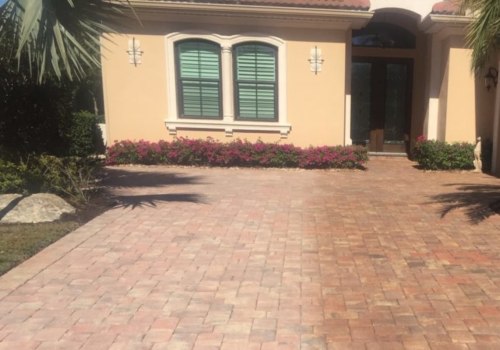
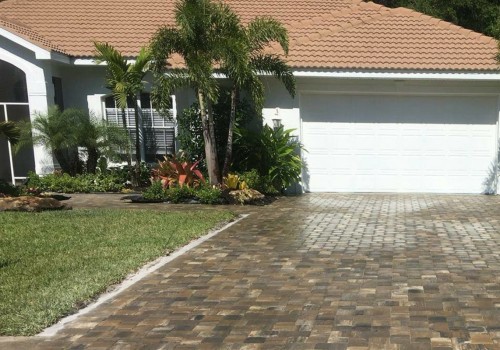
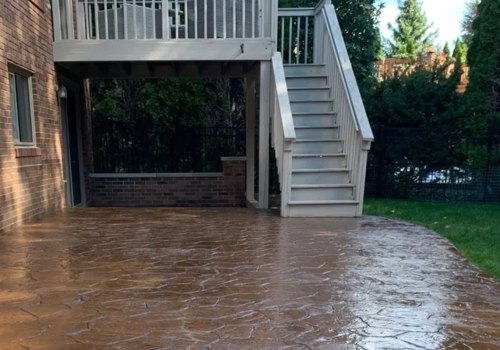
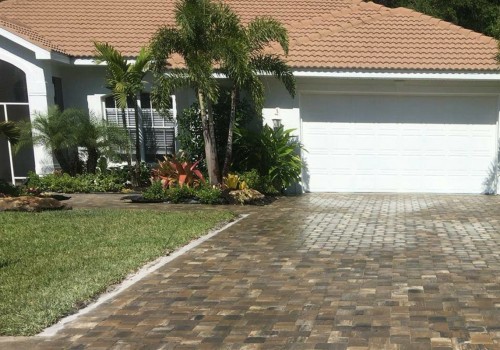
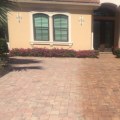
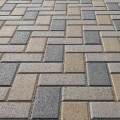
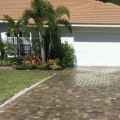
Leave Message